Looks nice, sits terrible: How to choose furniture your cafe won’t regret

Choosing the right furniture for a cafe goes far beyond aesthetics. It directly impacts customer satisfaction, operational efficiency, and overall brand perception. The right furnishings can help create a welcoming atmosphere, encourage longer visits, and support the functionality of the space.
What to consider when selecting cafe furniture
Durability and quality
Cafe furniture must endure high-frequency use and varying customer behaviors. Prioritize commercial-grade materials such as powder-coated steel, solid wood, and high-density foam that offer longevity and resilience. Avoid overly delicate or residential pieces that deteriorate quickly. While budget is always a consideration, investing in higher-quality items reduces replacement frequency and long-term costs.
Table: Material comparison by durability and cost
Material | Durability (1-10) | Avg. Cost per Unit | Recommended Use |
Solid Wood | 9 | $150 – $300 | Indoor tables/chairs |
Powder-Coated Steel | 10 | $80 – $150 | Frame/base for chairs |
Laminate | 7 | $60 – $120 | Table tops, budget cafes |
Polypropylene | 8 | $40 – $90 | Stackable, outdoor use |
Comfort and ergonomics
Customers are more likely to return if they feel comfortable. Focus on chairs with supportive backs and seats designed for extended use. Tables should match standard ergonomic heights and allow for adequate legroom and spacing between settings. Well-proportioned furniture contributes to both comfort and safety.
- Optimal seat height: 18 inches
- Table height standard: 28–30 inches
- Recommended minimum space between Ttbles: 24–30 inches
Aesthetic appeal and theme consistency
As Shaw Zar, a furniture expert at Superior Seating, explains, “Durability matters, but equally important is how the chairs and tables contribute to the atmosphere and make guests want to linger.” Furniture plays a central role in communicating a brand’s personality. Whether the theme is minimalist, rustic, industrial, or vintage, consistency in design reinforces the customer experience. One should consider the cafe’s logo, color palette, and overall vibe when selecting chairs and tables. Cohesive visual language fosters brand recognition and emotional connection. Furniture is an extension of brand identity. Whether the theme is minimalist, rustic, industrial, or vintage, consistency in design reinforces the customer experience. Consideration of the cafe’s logo, color palette, and overall vibe is crucial when selecting chairs, tables, and booths. Cohesive visual language fosters brand recognition and emotional connection.
Space optimisation and layout
Efficient space use ensures the serving of more customers without creating a crowded environment. Compact yet comfortable seating, strategic aisle placement, and modular furniture solutions help in maximising occupancy while maintaining flow and accessibility. Determining whether the layout benefits more from fixed or flexible seating arrangements is crucial.
Industry Insight: According to the National Restaurant Association, optimal table turnover combined with comfort can increase daily revenue by up to 30% in high-traffic cafes.
Ease of maintenance and cleaning
In food-service environments, cleanliness is non-negotiable. Opt for stain-resistant fabrics, sealed surfaces, and designs that minimise crevices where crumbs and spills collect. Select finishes and materials that stand up to frequent wiping and commercial cleaning products to reduce daily maintenance burdens.
Practical considerations
Budget and cost-effectiveness
While cost is a critical factor, prioritise value over upfront savings. High-quality furniture pays off in durability and fewer replacements. Seek vendors who offer volume pricing, custom options, or package deals tailored to commercial clients. Calculate total cost of ownership over time rather than focusing solely on initial pricing.
Estimated Cost Breakdown (Per Seat Setup, rates taken from https://www.superiorseating.com/)
Item Type | Budget Range | Mid-Range | Premium |
Restaurant Chair | $30–$50 | $100–$180 | $200+ |
Restaurant Table | $30–$150 | $140–$250 | $300+ |
Commercial Outdoor Set | $100–$180 | $240–$299 | $300+ |
Supplier and warranty
Working with reputable commercial furniture suppliers ensures quality assurance and access to after-sales service. Check reviews, verify product testing standards, and confirm that warranties cover structural integrity and manufacturing defects. A solid warranty policy reflects the supplier’s confidence in their product.
Sustainability and eco-friendliness
Cafes that prioritise sustainability often see increased loyalty among environmentally conscious customers. Look for furniture made from recycled, FSC-certified, or responsibly sourced materials. Favor manufacturers with eco-friendly production processes and minimal waste packaging.
Fact: A 2022 NielsenIQ study found that 68% of consumers say a sustainable lifestyle is important to them, and more than 50% are willing to pay more for eco-friendly furniture options.
Trends in cafe furniture selection
Modern cafe furniture trends blend form and function. Industrial metal frames, rustic reclaimed woods, and sleek minimalist styles are prevalent. Modular furniture that can adapt to different group sizes is in demand, as are multipurpose pieces like storage benches. Outdoor seating continues to grow in importance, with weather-resistant finishes and stackable chairs offering practical solutions.
Top three trending styles in 2024 (Source: Restaurant Development + Design Magazine):
- Urban Industrial (powder-coated steel + distressed wood)
- Japandi Minimalism (light wood + soft earth tones)
- Modular Layouts (mix of solo, duo, and group settings)
Popular Outdoor Cafe Themes and Recommended Furniture:
Theme | Description | Ideal Furniture |
European Bistro | Classic Parisian flair with tight seating layouts | Rattan chairs, marble-top tables, bistro stools |
Beach Coastal | Relaxed, airy, and resort-inspired | White aluminum frames, rope chairs, teak tables |
Rustic Garden | Natural, homey, and green-filled spaces | Wooden benches, cast iron, reclaimed wood tables |
Modern Minimalist | Clean lines, neutral tones, uncluttered layouts | Powder-coated frames, solid surface tables |
Industrial Urban | Edgy, raw finishes and open layouts | Tolix-style metal chairs, concrete tabletops |
Note: For all outdoor setups, prioritise UV-resistant finishes, quick-drying cushions, and anti-corrosion materials to ensure durability in changing weather conditions.
Common mistakes to avoid
Avoid prioritising style over comfort – Aesthetic appeal won’t matter if seating is unpleasant. Overcrowding the floor plan should be avoided; traffic flow and accessibility are critical for both staff and patrons. Lastly, mindfulness of regional tastes and expectations is crucial – understanding the target audience ensures the furniture aligns with their preferences.
Expert insight from industry voices
Vincenzo Sanzone, Restaurant Owner at Iccara Italian Bistro, keeps it simple: “We use cross-back bistro chairs because they look good, hold up well, and are easy to move. When you run a place every day, you need furniture that’s sturdy, easy to clean, and comfortable for all kinds of guests.”
The team at Blok Design Group, a Pennsylvania-based restaurant design firm, offers a grounded perspective drawn from real-world experience designing high-performance hospitality spaces. “When we approach a cafe project, it starts with movement – how people enter, where they linger, how staff move behind counters,” they explain. “Furniture needs to support this choreography while reinforcing the design story. It’s not just about visual harmony; it’s about operational flow and longevity.” “From outdoor patios to compact interiors, thoughtful layouts and durable finishes are what keep spaces beautiful and efficient.”
Conclusion
Selecting the right furniture for a cafe is a balance between design, function, and business strategy. It’s essential to focus on quality, comfort, layout efficiency, and brand alignment. Partnering with trusted suppliers, planning for long-term use, and not overlooking the growing demand for sustainable choices are critical considerations. These decisions influence not just how the space looks, but how it performs and how customers feel in it.
The editorial unit

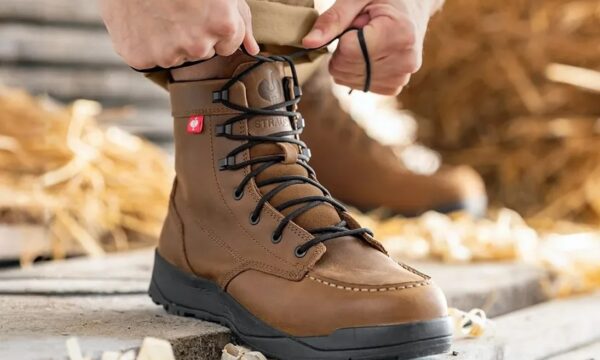




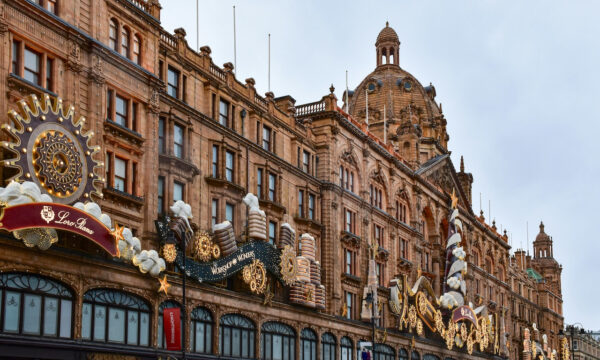
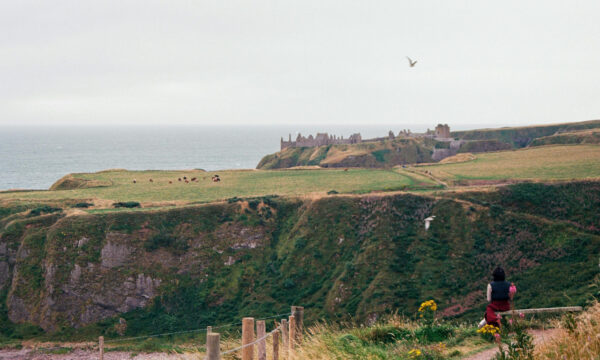
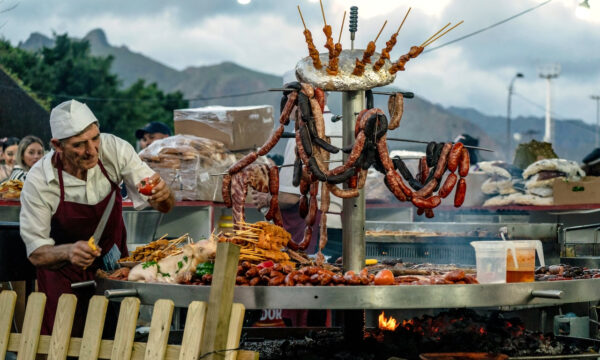
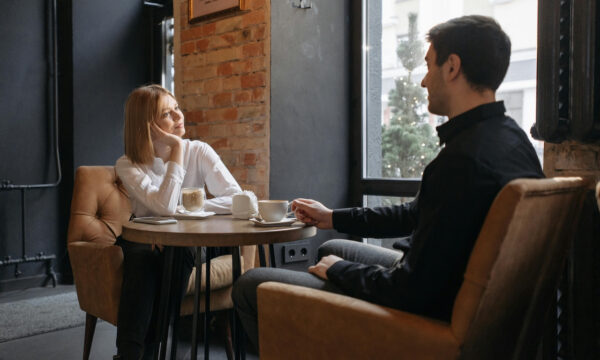





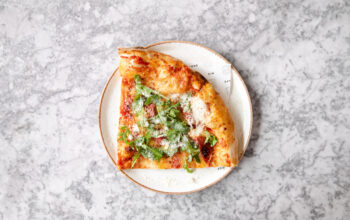
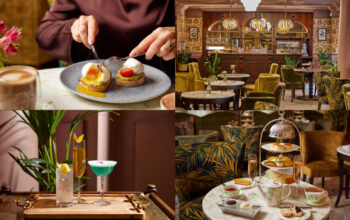








Facebook
Twitter
Instagram
YouTube
RSS